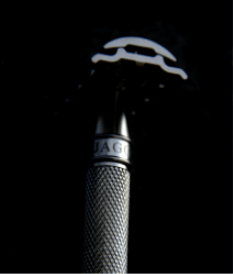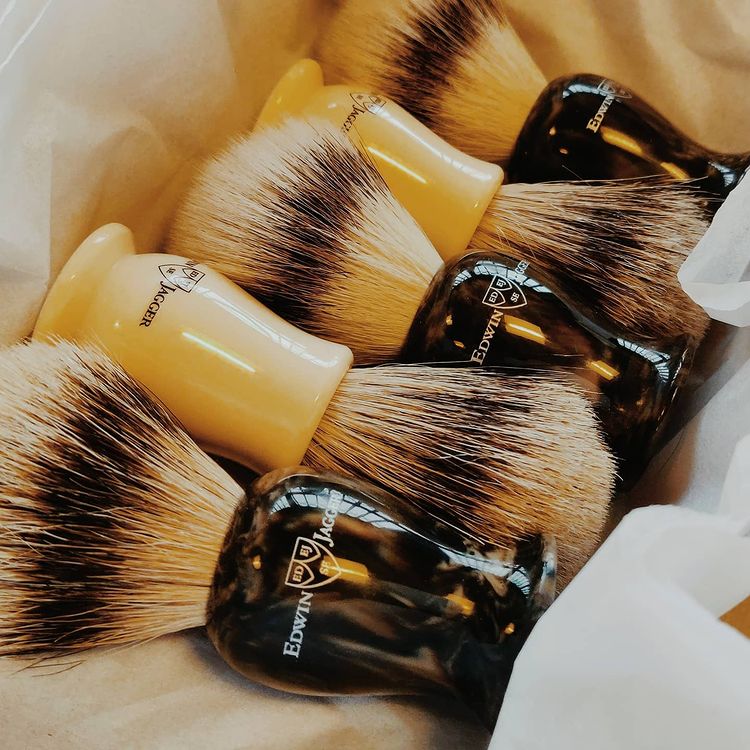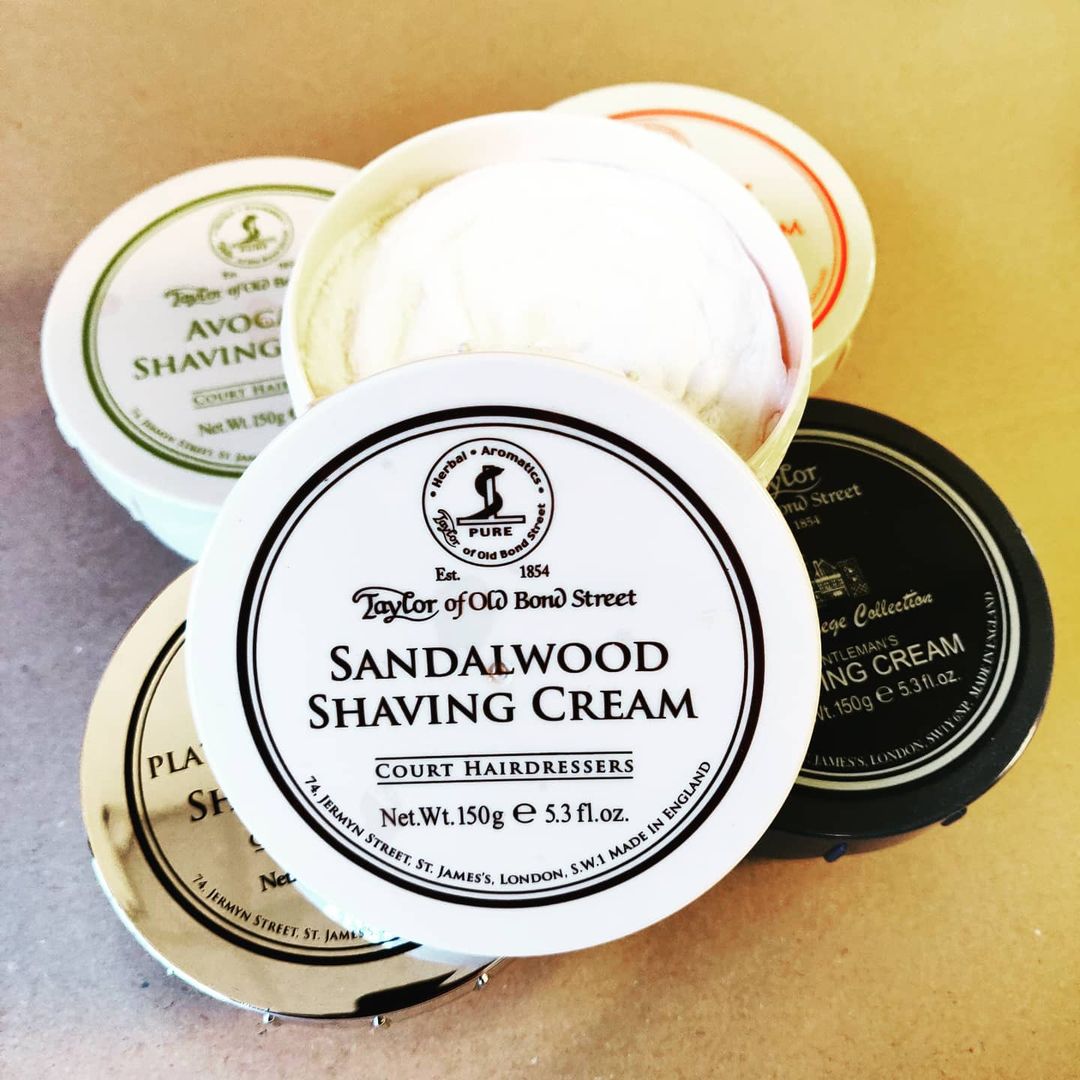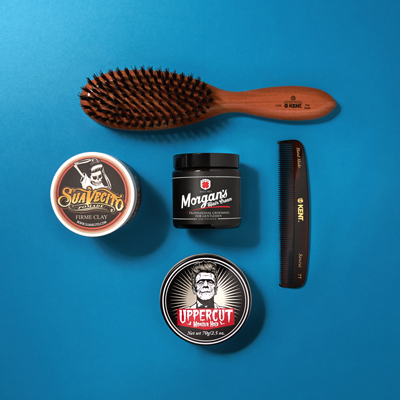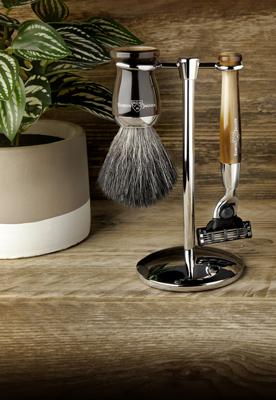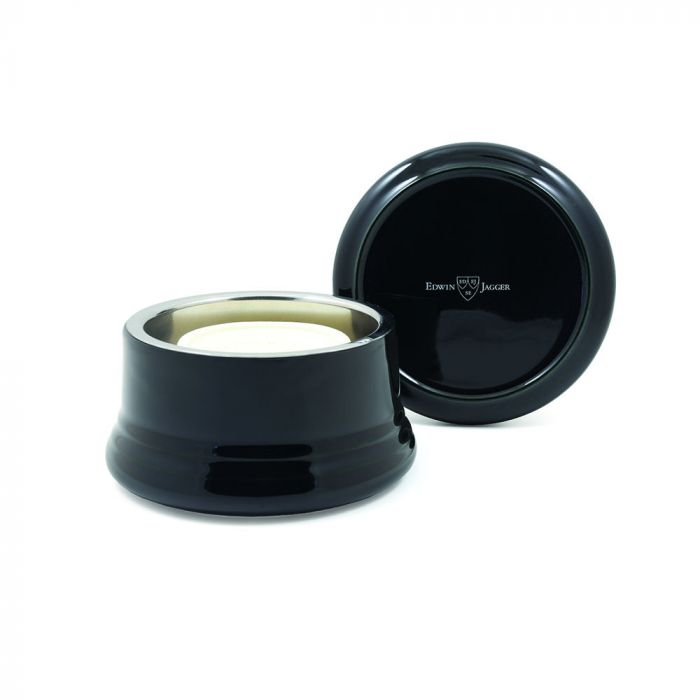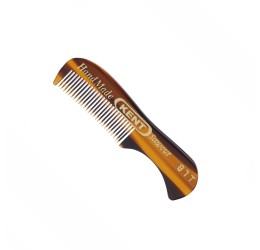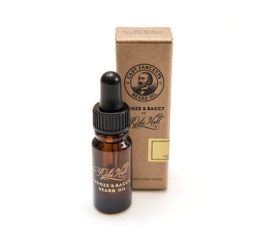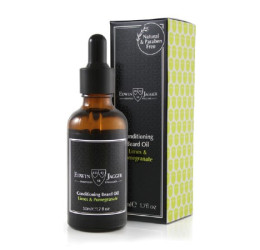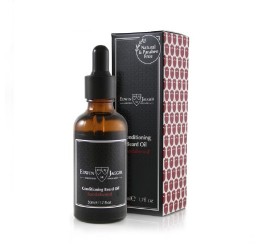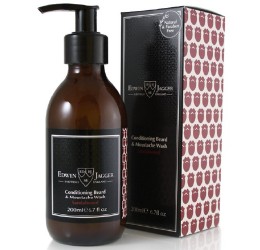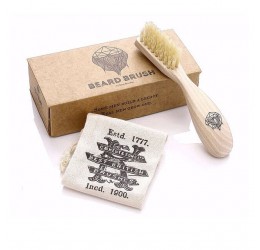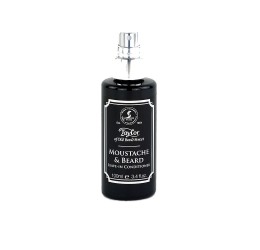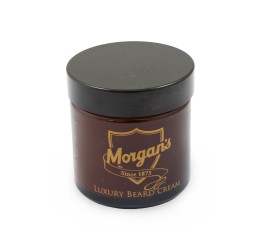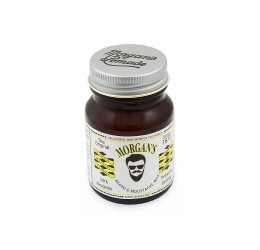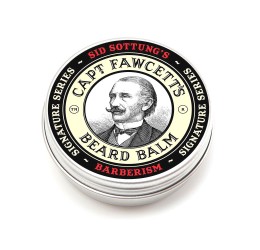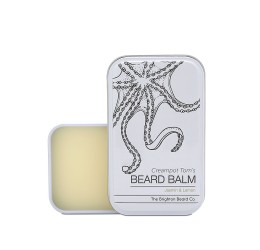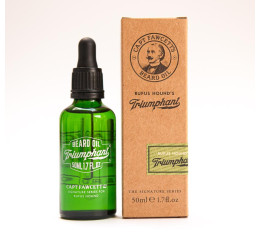Why Is My Beard Ginger? (And Other Important Questions)
We’ve heard a lot of beard-related questions here at the English Shaving Company, so we thought it was high time to give some answers! If you’ve ever wondered why men who aren’t ginger have ginger beards, or you’re interested in whether a beard gets in the way of kissing, you’ll discover the answers to all your beard-related questions here!
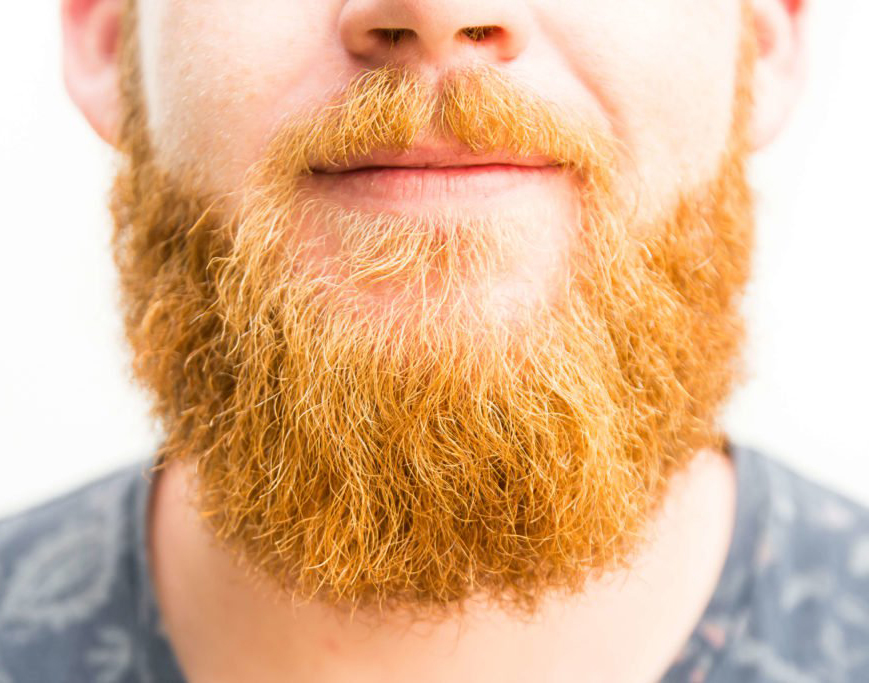
The English Shaving Company have a huge range of premium beard care products from beard oil to electric beard trimmers to help you perfect your look (whether your beard is ginger or not!).
Why Is My Beard Ginger?
It’s surprisingly common for a man with brown or blonde hair to grow a ginger beard or have a red tinge to his facial hair. It’s also possible for you to be the only member of your family to experience this phenomenon, but don’t panic; it doesn’t mean you’re secretly adopted! Hair colour, from the hair on your head to the hair on your legs, is determined by your genetics. You might remember from school the dominant and recessive parts of a gene called alleles. Taking the gene determining eye colour as an example, if you have one allele which expresses a blue eyed phenotype and one which expresses a brown eyed phenotype, the brown allele is dominant and therefore means your eyes would be brown and not blue. However, with hair colour, it doesn't work in quite the same dominant or recessive pattern. Instead, every allele influences every other, and one specific trait is not completely expressed over another. This is known as ‘incomplete dominance’. Hair colour is complex. It is what allows there to be so many different hair colours within one family and even within one person. The hair on your head, your beard, or your legs could all be different according to the way the genes express themselves. It’s informed not just from your parents’ genes, but also those of your grandparents, great grandparents and your ancient ancestors.
Why Is A Ginger Beard Common?
So with this in mind, why is it common to have a ginger beard specifically? The shade of your hair colour is determined by melanin. There are two types: eumelanin and pheomelanin. Dark hair contains only eumelanin, while blonde hair has much less and red hair is almost entirely made up of pheomelanin. The amount of each type of melanin in your hair is controlled by one specific gene on one specific chromosome - chromosome 16. The gene is known as MC1R and it creates a protein that converts pheomelanin into eumelanin, making your hair darker. There are variations of the MC1R gene that limit the amount of eumelanin it produces. Generally speaking, if you have two of these mutated variants (one from each parent), less pheomelanin (the pigment which gives red hair its distinctive colour) is converted into eumelanin so there’s more of it to colour your hair. This leads to ginger hair. If you get one mutated version of MC1R, you might not get red hair on your head - but it can appear in other places like your beard. Leading scientists don’t know all the details as to the exact mechanism that causes a ginger beard, but it’s believed to be determined by a mixture of the key MC1R gene combined with the effects of other genes.
Why is Beard Hair Coarse?
The simplest explanation for why beard hair is coarse is because individual beard hairs are thicker than the hair on your head. This makes them feel much tougher and more coarse. But you might have been able to work that one out for yourself. So why is beard hair thicker in the first place? The hair that grows on your face is called androgenic hair and it’s a completely different type of hair from that on your head. The growth of androgenic hair is triggered by testosterone which means that it grows very differently. You can soften your beard hair by keeping it clean, combing regularly and applying beard oil to keep it moisturised.
What Age Does A Beard Start Growing?
As mentioned above, beard hair is androgenic, which means it grows as a result of testosterone. As boys hit puberty and start to produce testosterone, facial hair begins to grow. However, it’s during late adolescence (17-20) that beards begin to fill out properly, and it’s not until his early twenties or sometimes even later when a man’s beard becomes fully developed.
Does a Beard Get In The Way of Kissing?
Not really, no. Some women or men might prefer to kiss a clean-shaven man, but on the whole beards don’t pose much of a risk to your romantic life! If your partner finds your facial hair attractive, your beard might turn out to be beneficial!
Do Beards Stop Growing?
Beard hair, like the hair on your head, can reach a ‘terminal length’ which is the length at which it stops growing. This will be a different length for each person. As your beard reaches its longest point, rate of growth will decrease. This isn’t actually due to the length of the hair, but is instead down to the length of time the hair has been growing. The terminal length of facial hair can be anywhere between 2-6 years depending on your genetics. While terminal length might limit the length of your beard, it does help hair to stay healthy. There’s an inbuilt programme in every hair in your body that means it stops growing at a certain length and falls out, allowing space for new hair to grow. It also means that you’re not covered in hair that’s too long. For example, your arm hair will have a much shorter terminal length than the hair on your head. No one would want to constantly trim their arm hair! We hope we’ve answered some of your burning beard related questions! If you’re interested in learning more about beards, why not check out some of our other blog posts? We’ve got loads of information and helpful tips on everything beard and shaving related.



